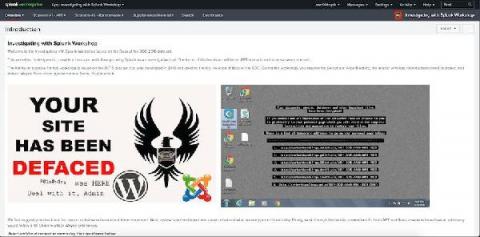Investigating GSuite Phishing Attacks with Splunk
Malicious actors are constantly finding new ways to deliver their malicious payloads. With the recent migration of businesses moving to web application-based services, file storage, email, calendar, and other channels have become valuable means for delivering malicious code and payloads. In some instances, these services are abused as Command and Control infrastructure since many enterprises trust these services by default.





